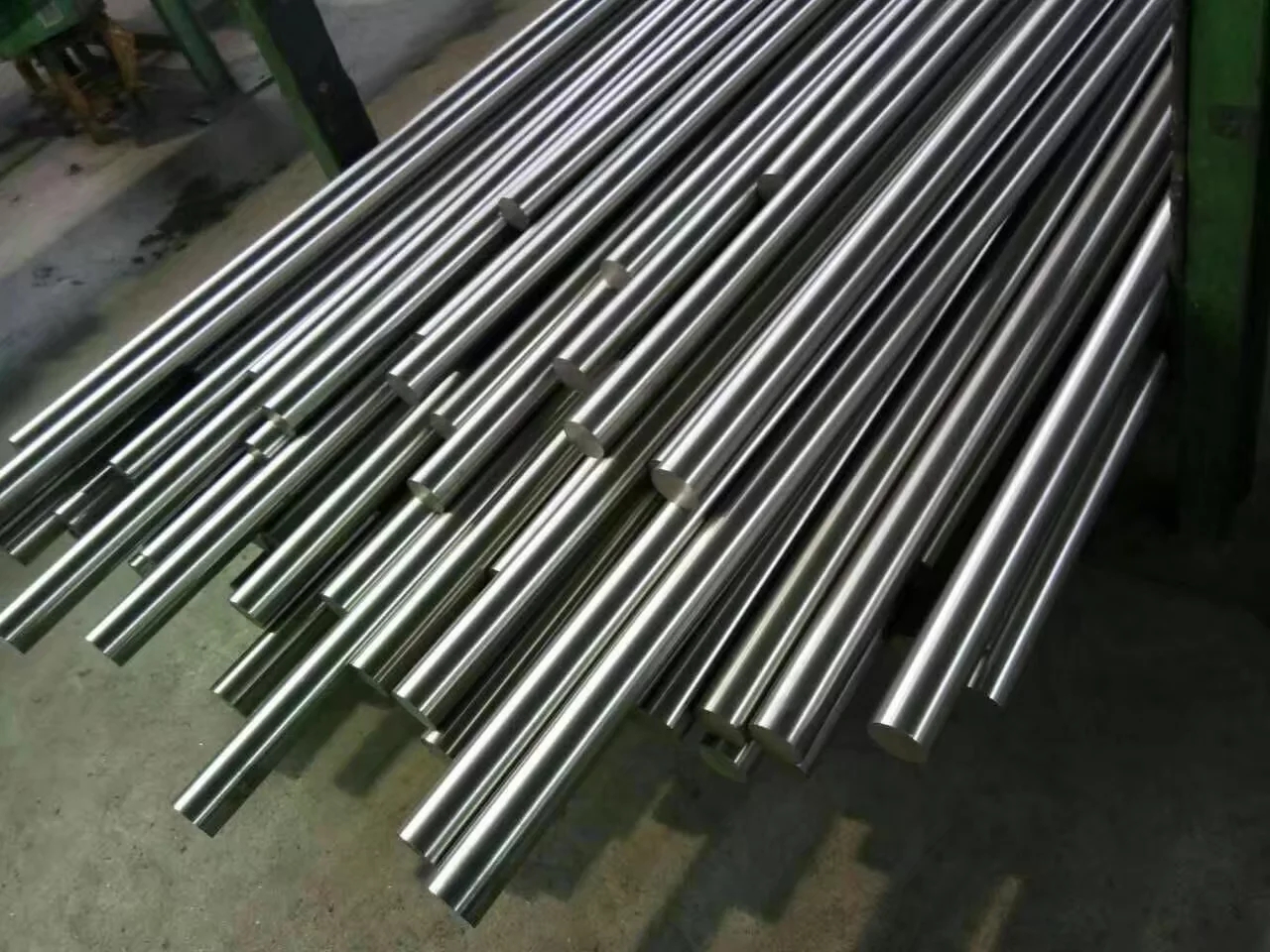Introduction of Medical Titanium Alloy
In early 1940, titanium alloy research and development work began gradually. Bothe and others will be used in rat bone, found that bone and titanium compatibility is good, no adverse reactions occur. In the 1950s and 1960s, titanium alloy with superior temperature characteristics was developed. In the early 1970s, a number of corrosion resistant titanium alloys were developed. In the mid-1980s, the second generation of vanadium-free a + Alloys (Ti-6Al-7Nb and Ti-5Al-2.5Fe) have also been developed and have been used clinically, but the toxic elements Al and Fe in this alloy will cause some damage to the human body and the alloy Of the elastic modulus also does not meet the real standard of the femur, will produce "stress shielding" so that the phenomenon of bone resorption around the implant, causing the implant fracture or loosening lead to implant failure. By the beginning of 1990, the United States and Japan began to study the third generation of modern medical titanium alloy, of which β-type titanium-based.
Titanium alloy has excellent biocompatibility, but it belongs to bio-inert materials. Wear resistance is low, under the conditions of wear easily produce a lot of titanium containing debris, and even can induce an inflammatory response, leading to implant around the bone tissue dissolved, greatly reducing its life. Titanium alloy surface modification can retain the titanium alloy on the basis of the original superb performance, so that its biocompatibility, wear resistance, corrosion resistance and other aspects to enhance its clinical use performance in order to better play its Use value. Titanium alloy surface modification methods are many, including oxidation modification method, a vapor deposition method, ion implantation method, plasma spraying method and laser surface modification method.
In the selection of suitable for restorative materials, for different parts of the material elastic modulus, toughness, strength, corrosion resistance and other related indicators become a necessary factor to consider. The results of their research are as follows: V, Co, Cd, Cr, Ni, Hg and other elements are highly toxic. And Fe and Al are the second. In the body of the spleen, liver, kidney and other parts found in the V ion precipitates, the biological toxicity of the larger and Al elements will be in the form of Al salt accumulation in the body, resulting in the body's nervous system disorders and the corresponding organ damage. Ta, Mo, Zr, Sn, Pd, Hf, Nb and other elements of biocompatibility are better, can be used as alloying elements. Mo, Sn, Zr, TaHf, Nb and Pd have useful chemical stability, and Ta, Nb, Zr and Mo can reduce the elastic modulus of the alloy, so that the stability of the alloy can be improved effectively. In summary, ideal biomedical titanium alloy alloys include Ti-Mo-Nb, Ti-Zr-Nb, Ti-Zr-Mo-Nb and Ti-Zr-Sn-Mo-Nb.
In the design process of titanium alloy, d electronic design theory is the basic method of alloy design. The basic idea is that the electronic parameters of Ti and its added elements are computed to obtain the corresponding Md and Bo values, and then the elastic modulus and tensile strength of the alloy are analyzed. Experiments show that the lower Md value is favorable for phase stability, and the higher Bo value is helpful to improve the strengthening effect of solid solution. When designing the stabilized β-type titanium Md value should be controlled between 2.35 and 2.45 and the Bo value is between 2.75 and 2.85. Thermally stable β-type titanium alloy in the plastic processing will occur when the slip deformation, and the stability of β-type titanium alloy can occur slip, martensite or twin deformation. Therefore, by controlling the unique alloy microstructure can make the material performance in a wide range to be improved.









